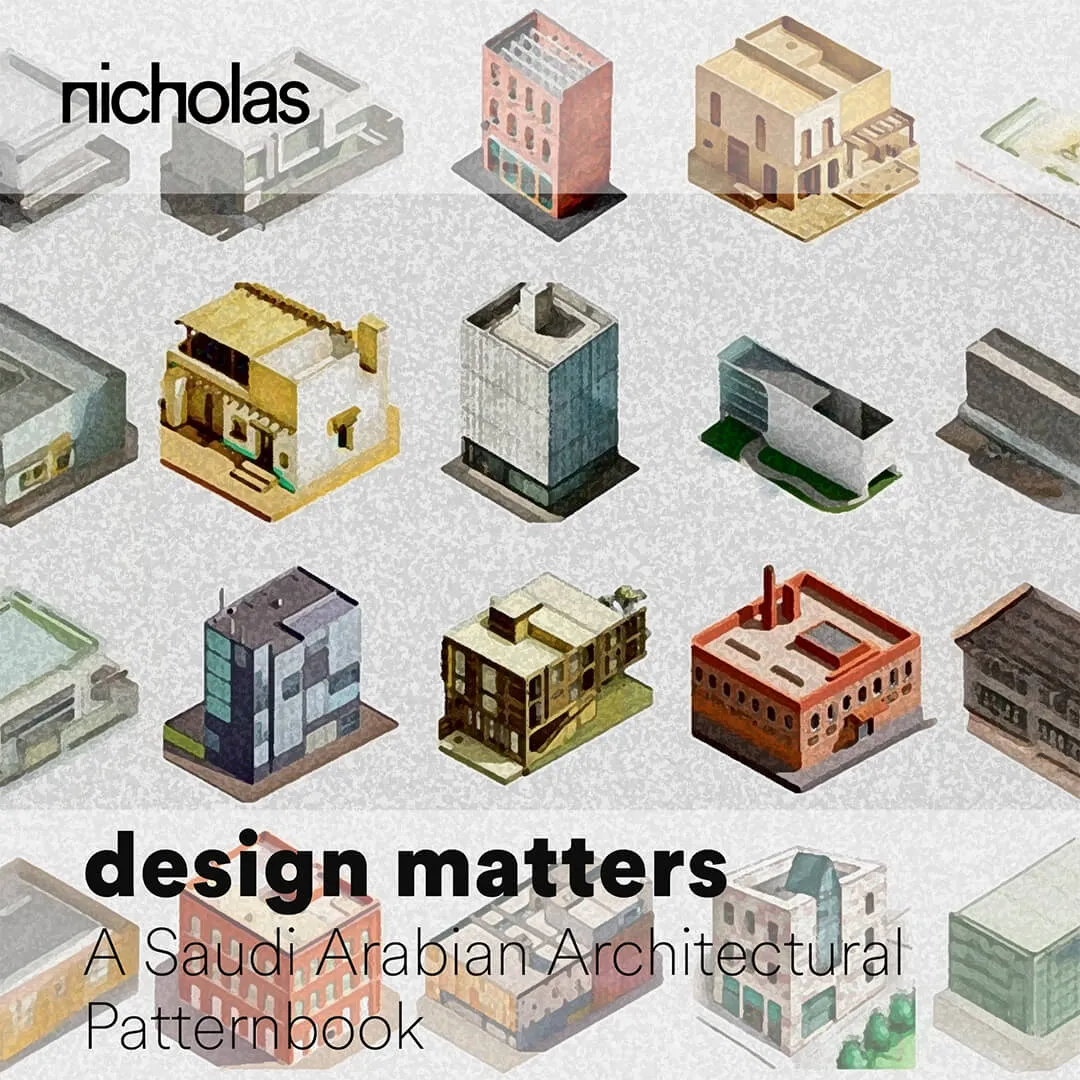
Christopher Alexander and others describe, in their 1977 book A Pattern Language, timeless entities called “patterns” which relate to town planning or architectural problems; and then offer ready-made solutions.
“…each pattern,” they say, “represents our current best guess as to what arrangement of the physical environment will work to solve the problem presented.”
Pattern books are nothing new. The Georgians and Victorians made extensive use of pre-prepared designs at various scales to deliver cities, buildings and parts for buildings.
In Australia, the New South Wales Government Architect – acknowledging that there is no need to reinvent the wheel each time we design within a standard typology – maintains a Housing Pattern Book relating to apartment design. Designers are free to pick and choose from a catalogue of components which they deem relevant to their projects’ particular conditions.
Is it time to do the same thing in Riyadh?
Social and climatic conditions in Riyadh are, of course, very different to Alexander’s California, or to Sydney. So, would a location-specific “pattern book” make sense? And what would it cover?
My suggestions relating to urban planning are: development densities around public transport nodes, strategies for “integrated” (mixed-use) development, shaded and landscaped civic space and design for “manageable walkability”.
In terms of building design: the “deep” and shaded façade (evoking the “Salmani style”), screening for privacy, strategies for “integrated” and mixed-use building design, parking and pedestrianisation.
It’s all about identifying the things which are important – and the solutions which are most successful – and inviting designers to replicate them.
If buildings can follow intelligent “patterns” then we, as builders, will have instigated regenerative strategies for automatic improvement, driving better outcomes for people and for the planet.